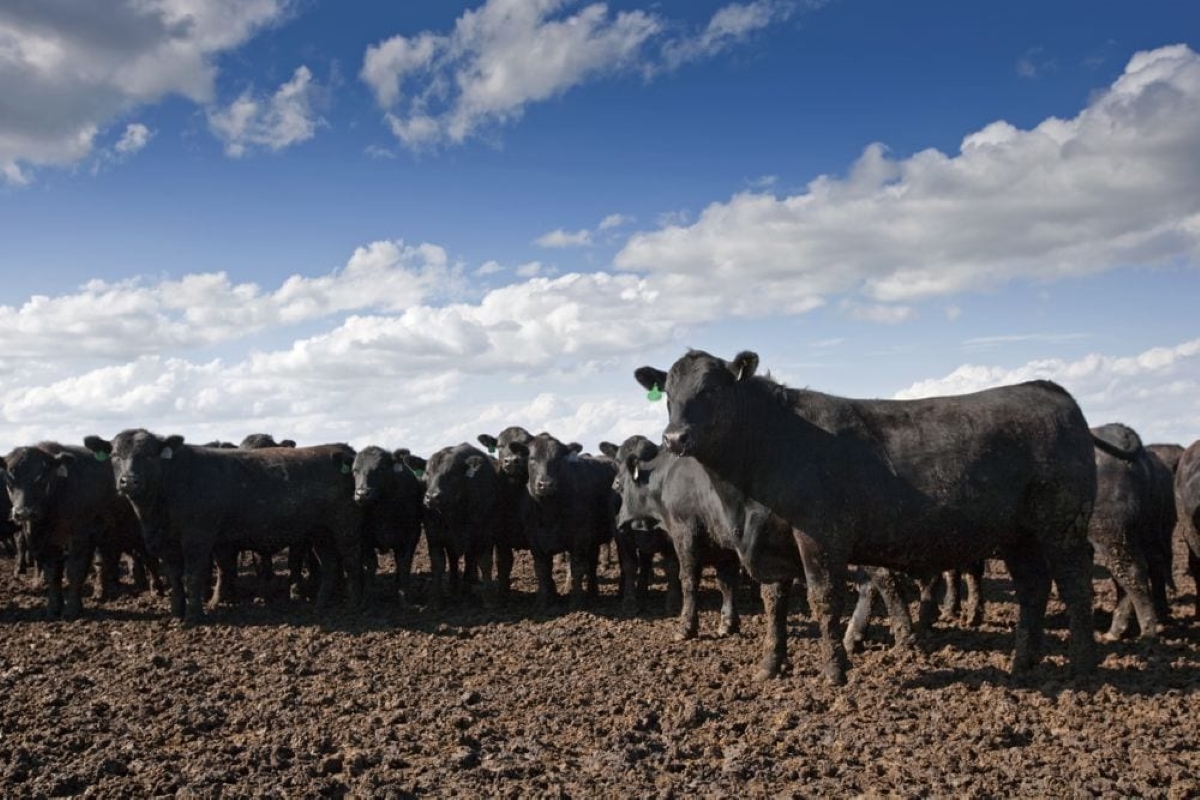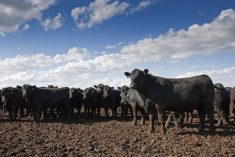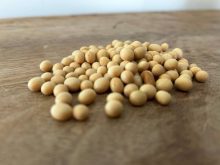Canola futures fell a little Friday while soybeans rose a little, but there was no major new news to trade on.
Wheat gained due mostly to concerns about falling Russian spring wheat production.
On Friday Russian officials again said they would no put a moratorium on exports, but said there were more “pinpoint interventions” that it might try to influence exports.
Concerns are also rising about dry weather in Western Australia.
November canola closed at $608.10, down $2.70.
Over the week, the November contract fell $9.
Read Also

U.S. livestock: Cattle futures post limit-down losses
Cattle futures on the Chicago Mercantile Exchange were down by their daily limits on Wednesday, with speculative long liquidation a…
Canola was pressured today by harvest progress and a shift in Western Canada to sunny, hot weather that will speed maturation.
Concerns about weaker than expected early canola harvest results and crop disease supported canola prices on Thursday.
The Canadian Oilseed Processors Association said members crushed 122,674 tonnes of canola in the week ending Aug. 15. In the previous reporting period, which had eight days, the crush was 148,167 tonnes.
Some U.S. Midwest areas got rain Thursday and overnight, but the noon forecast today indicates a return to drier weather over the next few days.
Soybeans rose on continued good exports, good crush margins and slow farmer selling
Corn was up slightly.
While there is a contingent of analysts who believe the average U.S. corn yield will fall even lower than current projects, others believe that current high prices will force buyers to live hand to mouth and find alternatives to hold them over until, they hope, prices start to fall on indications that South American producers have seeded a big corn crop and the weather is co-operating to produce strong yields in Brazil and Argentina.
The battle between these two sides will determine whether corn climbs again toward $10 a bushel or falls back toward $7.
Speculators this week raised their bullish bet on corn to the biggest level since September last year.
Winnipeg (per tonne)
Canola Nov 12 $608.10, down $2.70 -0.44%
Canola Jan 13 $612.40, down $2.80 -0.46%
Canola Mar 13 $614.30, down $3.00 -0.49%
Canola May 13 $607.30, down $3.00 -0.49%
Milling Wheat Oct 12 $293.00, up $0.60 +0.21%
Milling Wheat Dec 12 $298.60, up $0.60 +0.20%
Milling Wheat Mar 13 $308.60, up $0.60 +0.19%
Durum Wheat Oct 12 $299.20, unchanged
Durum Wheat Dec 12 $303.70, unchanged
Durum Wheat Mar 13 $310.30, unchanged
Barley Oct 12 $264.50, unchanged
Barley Dec 12 $269.50, unchanged
Barley Mar 13 $272.50, unchanged
Chicago (per bushel)
Soybeans (P) Sep 12 $16.71, up 14.75 cents +0.89%
Soybeans (P) Nov 12 $16.4575, up 20.5 +1.26%
Soybeans (P) Jan 13 $16.37, up 22.25 $+1.38%
Soybeans (P) Mar 13 $15.5425, up 20.0 +1.30%
Corn (P) Sep 12 $7.985, up 0.75 +0.09%
Corn (P) Dec 12 $8.0725, down 0.25 $-0.03%
Corn (P) Mar 13 $8.0775, up 0.5 +0.06%
Oats (P) Sep 12 $3.8375, up 0.25 $+0.07%
Oats (P) Dec 12 $3.8375, up 0.5 +0.13%
Oats (P) Mar 13 $3.855, up 0.5 +0.13%
Minneapolis (per bushel)
Spring Wheat Sep 12 $9.275, up 6.0 cents +0.65%
Spring Wheat Dec 12 $9.40, up 8.0 +0.86%
Spring Wheat Mar 13 $9.50, up 9.75 +1.04%
Spring Wheat May 13 $9.56, up 9.0 +0.95%
The Bank of Canada noon rate for the loonie was $1.0116 US, barely changed from $1.0120 the day before.
The U.S. dollar was 98.85 cents Cdn.
Nearby crude oil in New York rose 41 cents to close at $96.01 per barrel.
In early tallies:
The Toronto Stock Exchange’s S&P/TSX composite index rose 57.31 points, or 0.48 percent, to close at 12,089.89.
The Dow Jones industrial average was up 25.09 points, or 0.19 percent, at 13,275.20.
The Standard & Poor’s 500 Index was up 2.65 points, or 0.19 percent, at 1,418.16.
The Nasdaq Composite Index was up 14.20 points, or 0.46 percent, at 3,076.59.
For the week, the TSX composite jumped 1.7 percent, the Dow was up 0.5 percent, the S&P 500 climbed 0.9 percent and the Nasdaq jumped 1.8 percent.














